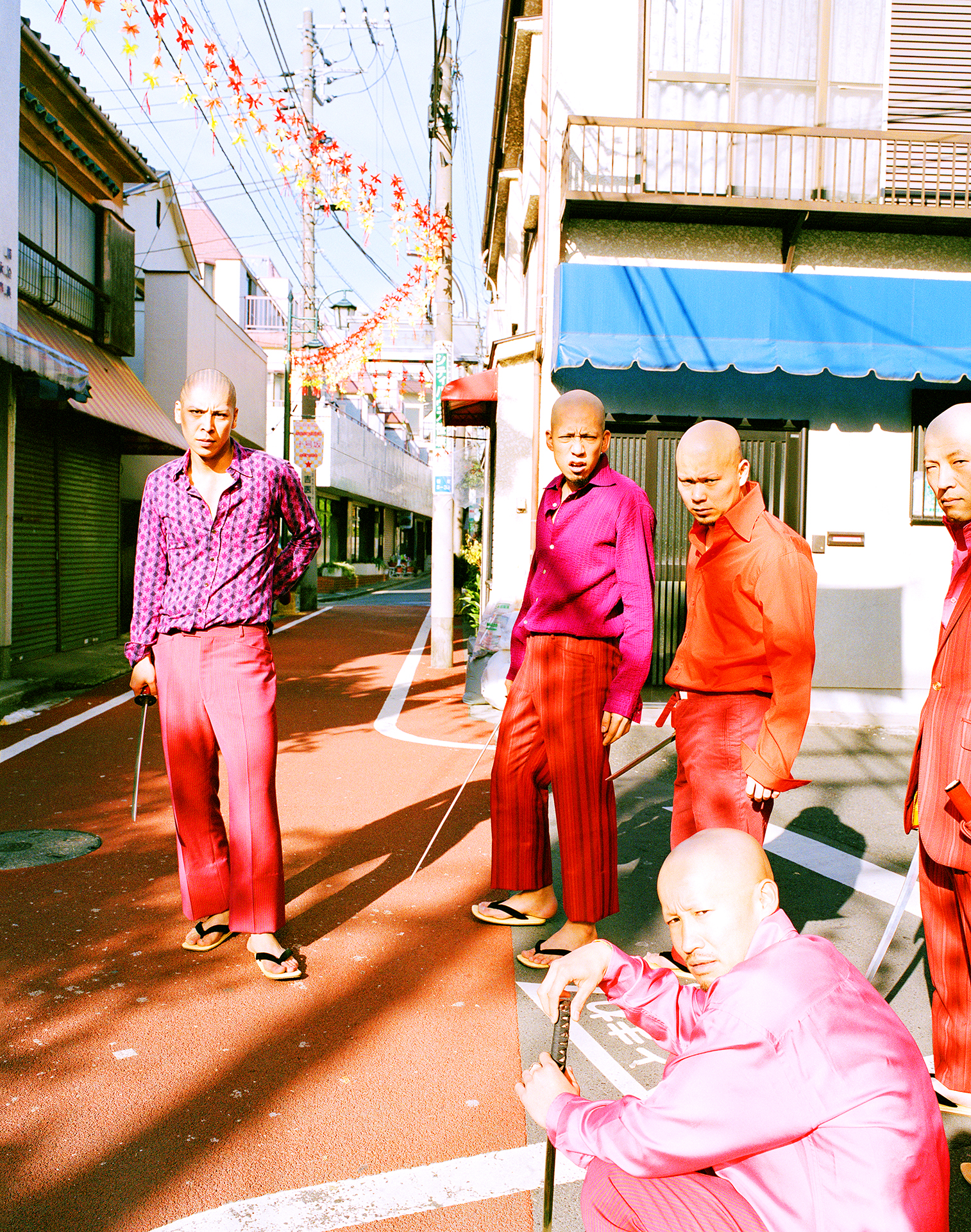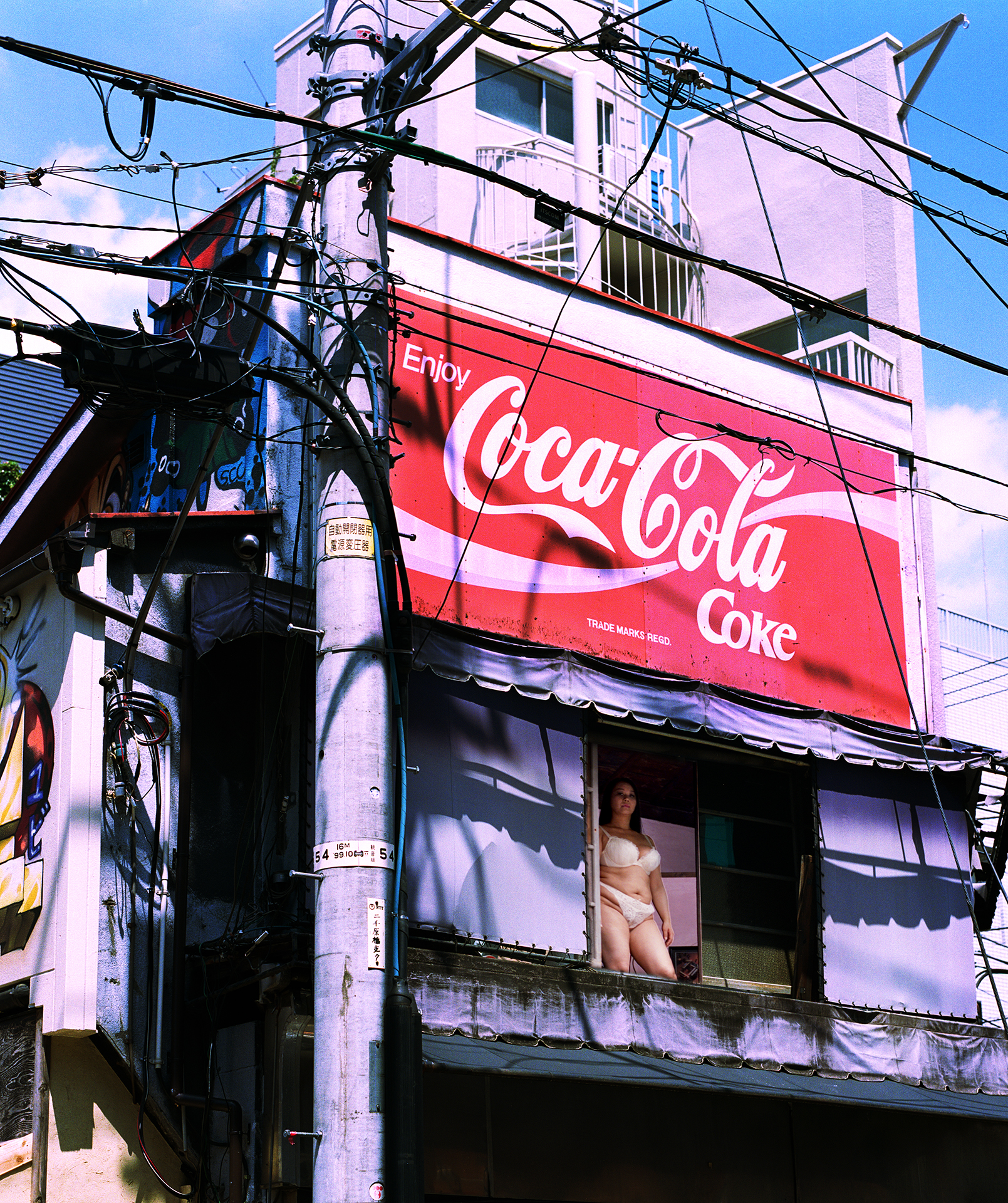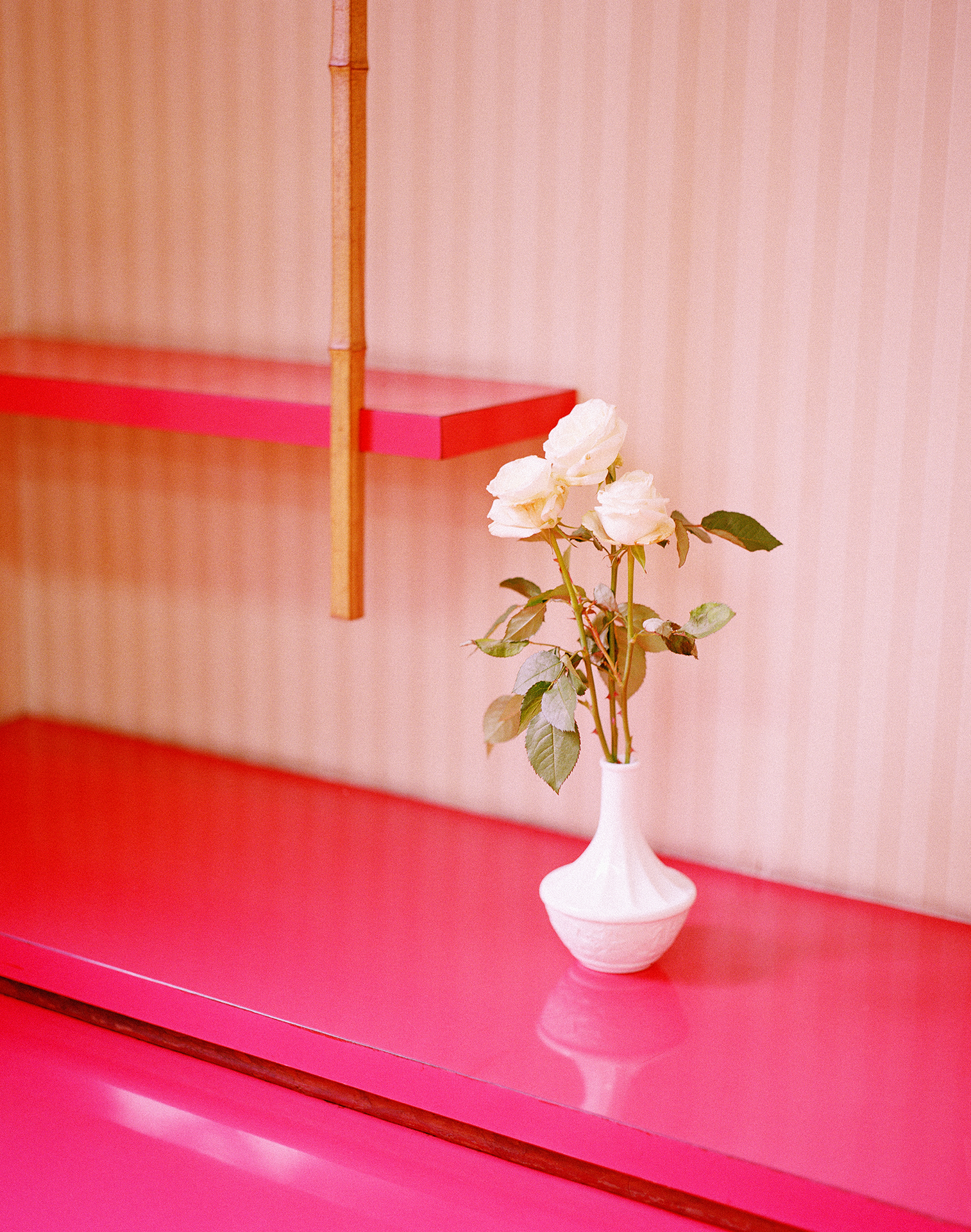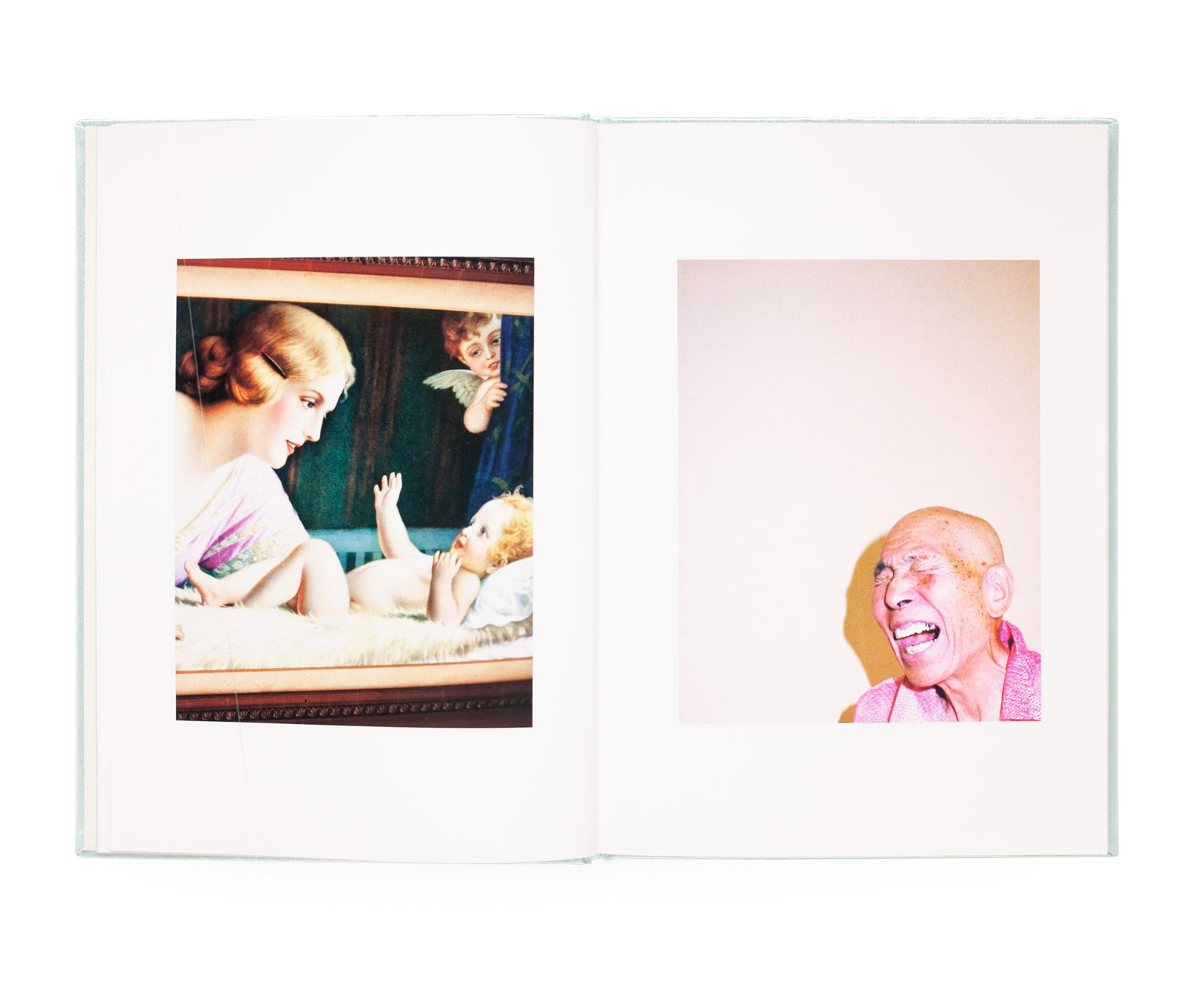Kazuyoshi Usui’s Fantasy Japanese Society
Between nostalgia and imagination, the photographer offers a new look at a decisive period in contemporary Japanese society.

‘Showa 88’ by Kazuyoshi Usui, 2011. Courtesy of Zen Foto Gallery
On 1st May 2019, Japan left the Heisei era and entered Reiwa. From 1926 to 1989, however, the country was living in the Showa era, corresponding to the reign of the emperor Hirohito, known as Showa Tenno. Born in 1975 in Tokyo, the photographer Kazuyoshi Usui has based his work on the following premise: what if the Showa era never ended?
This fictional imagining takes the form of a trilogy – Showa 88 (2011), Showa 92 (2015), and Showa 96 (2019). The images taken by the artist include portraits, day-to-day scenes, landscapes, and interiors illustrating the period famed as the miracle of the Japanese economy.
Creating a fantasy world
According to the artist and curator Miki Nitadori — who presented the series as part of the exhibition Anti-chambre Acte 2 in Paris in 2020 — ‘Kazuyoshi Usui brings together images that give birth to a fantasised vision of Japan like that seen from abroad. While those born in Japan after the war might recognise some of the elements in the shot, this is not the Showa era they know from the films of the 1970s or TV programmes of the 80s.’
Kazuyoshi Usui explains that his desire is to avoid expressing pure nostalgia within his work, and to instead create a fantasy world.
Showa 88 (2011), Showa 92 (2015), and Showa 96 (2019) by Kazuyoshi Usui are published by the Zen Foto Gallery.

‘Showa 92’ by Kazuyoshi Usui, 2015. Courtesy of Zen Foto Gallery

‘Showa 88’ by Kazuyoshi Usui, 2011. Courtesy of Zen Foto Gallery

‘Showa 88’ by Kazuyoshi Usui, 2011. Courtesy of Zen Foto Gallery

‘Showa 96’ by Kazuyoshi Usui, 2019. Courtesy of Zen Foto Gallery

‘Showa 92’ by Kazuyoshi Usui, 2015. Courtesy of Zen Foto Gallery
TRENDING
-
Hiroshi Nagai's Sun-Drenched Pop Paintings, an Ode to California
Through his colourful pieces, the painter transports viewers to the west coast of America as it was in the 1950s.

-
The Tattoos that Marked the Criminals of the Edo Period
Traditional tattoos were strong signifiers; murderers had head tattoos, while theft might result in an arm tattoo.

-
A Craft Practice Rooted in Okinawa’s Nature and Everyday Landscapes
Ai and Hiroyuki Tokeshi work with Okinawan wood, an exacting material, drawing on a local tradition of woodworking and lacquerware.

-
David Bowie Dressed by Kansai Yamamoto
The English singer was strongly influenced by 'kabuki' theatre and charged the Japanese designer with creating his costumes in the 1970s.

-
‘Seeing People My Age or Younger Succeed Makes Me Uneasy’
In ‘A Non-Conformist’s Guide to Surviving Society’, author Satoshi Ogawa shares his strategies for navigating everyday life.





